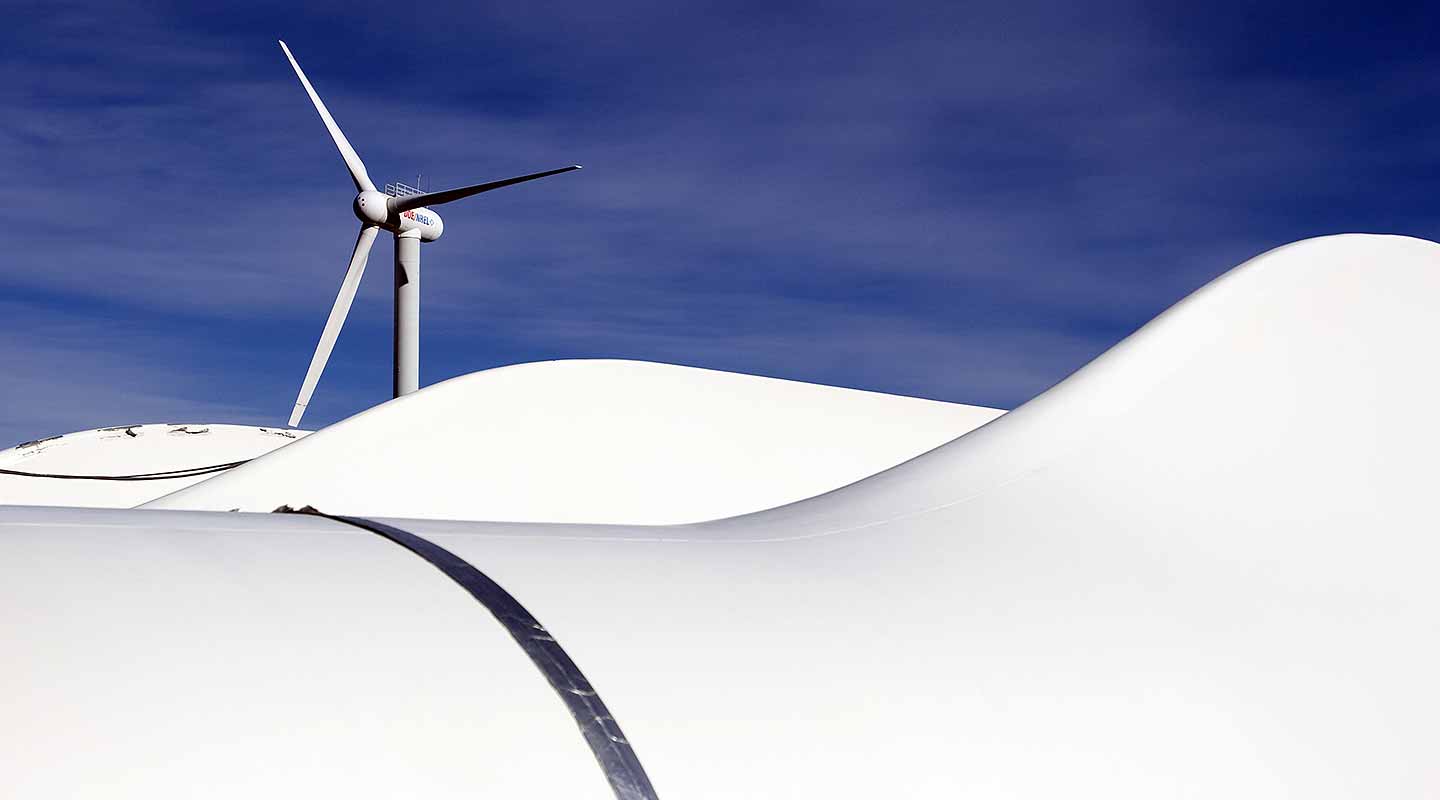Wind Turbine Control Systems
Advanced wind turbine controls can reduce the loads on wind turbine components while capturing more wind energy and converting it into electricity. NREL is researching new control methodologies for both land-based wind turbines and offshore wind turbines.

Controls for Land-Based Wind Turbines
At the National Wind Technology Center, researchers design, implement, and test advanced wind turbine controls to maximize energy extraction and reduce structural dynamic loads. These control designs are based on linear models of the turbine that are simulated using specialized modeling software. The resulting advanced controls algorithms are field tested on the NWTC's Controls Advanced Research Turbines (CARTs). Researchers are also studying blade pitch and generator torque, and employing advanced sensors to optimize power capture and reduce wind turbine loads.
Controls Advanced Research Turbines (CARTs)
Among its advanced research turbines, the National Wind Technology Center (NWTC) features two 600-kilowatt CARTs that test new control schemes and equipment for reducing loads on wind turbine components. The CARTs are equipped with Light Detection and Ranging systems to provide some "look-ahead" capability for the turbines, allowing them to adjust to changing wind conditions using feedforward controls. See an NREL Innovation Impact fact sheet on feedforward controls, as well as an NREL Science and Technology Highlight fact sheet and an NWTC fact sheet.
Simulator for Wind Farm Applications
In addition, NREL's Simulator for Wind Farm Applications (SOWFA) employs computational fluid dynamics to allow users to investigate wind power plant performance under a full range of atmospheric conditions and terrain types. The tool allows researchers and wind power plant designers to examine and minimize the impact of turbine wakes on overall plant performance, either by judiciously locating the wind turbines or by turning some turbines slightly out of the wind to redirect their wakes. SOWFA has demonstrated that wind turbine wakes can reduce the energy production of downstream wind turbines, impacting the overall performance of a wind power plant. Studies show that by coordinating turbine controls to minimize wake effects, the overall wind power plant output could be increased by 4%–5%.
Read the SOWFA fact sheet.
Download SOWFA.
Controls for Offshore Wind Turbines
Researchers at the NWTC use advanced control methods to design innovative controls for offshore floating wind turbines to maximize energy production, reduce structural loads, limit platform motion, and increase reliability. In a project with Statoil, NREL has used its SOWFA software to model the effect of wake-generated turbulence on the fatigue loading of mooring lines for offshore turbines. NREL researchers also found a 2.4% increase in overall power generation by employing optimally fixed yaw angles for an array of offshore wind turbines.
Share
